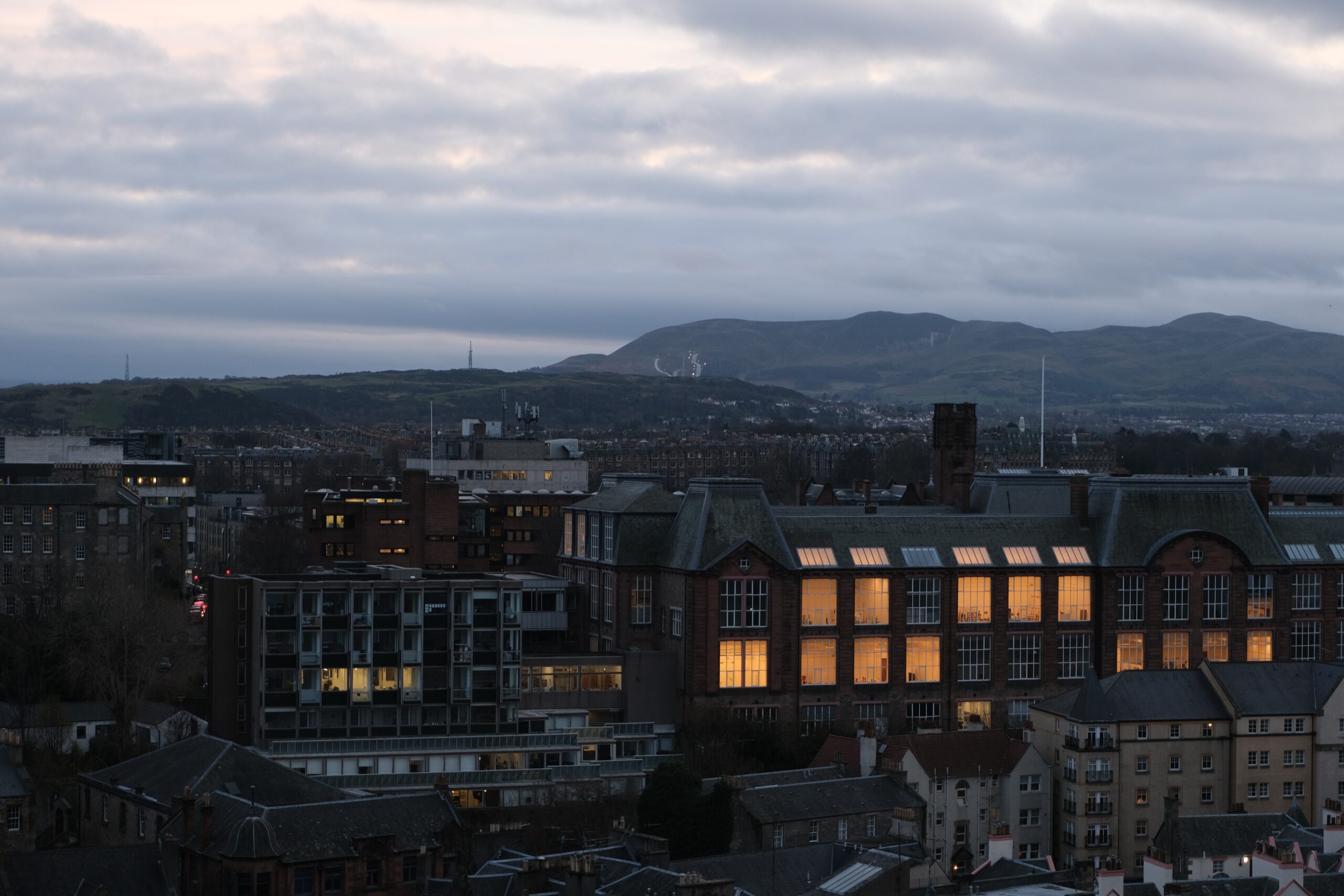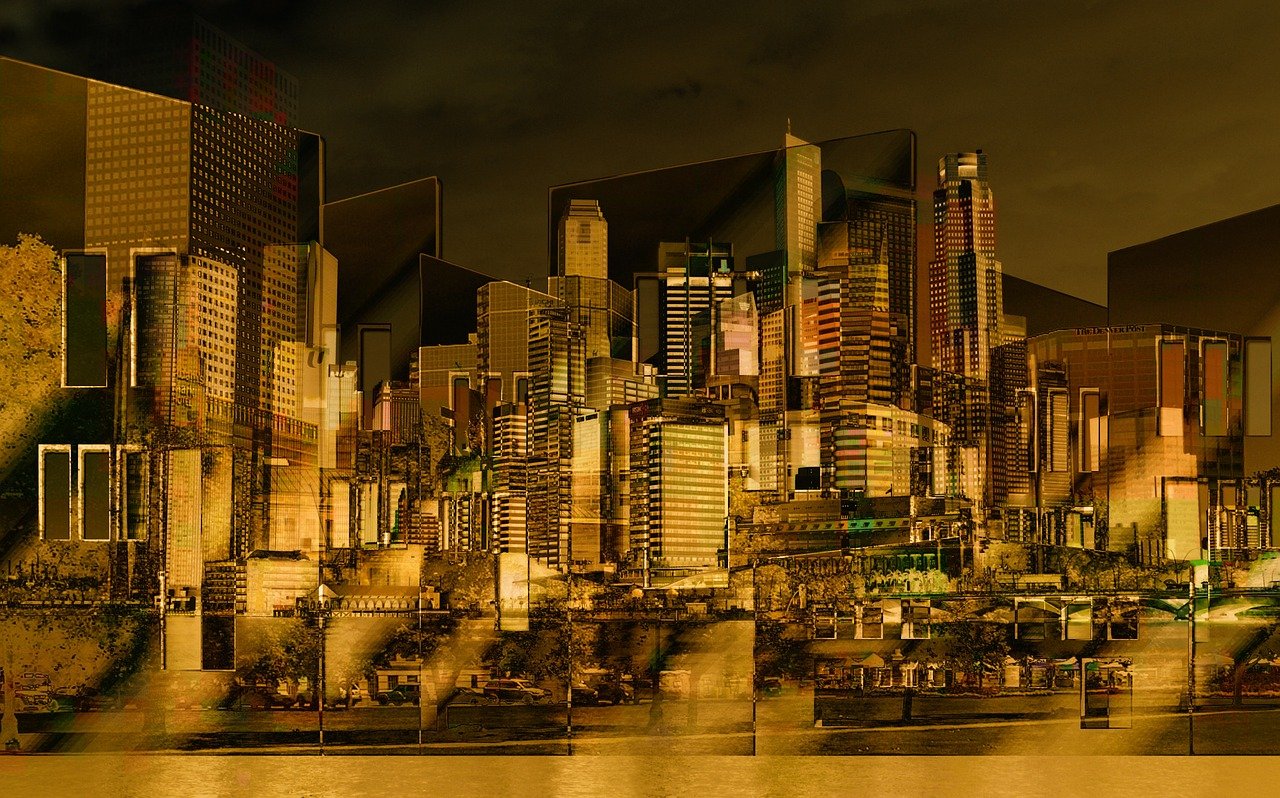In a thought-provoking essay penned by MITCHELL SCHWARZER in Places, the evolution of container architecture and urbanism takes center stage. While South Africa has witnessed the transformation of ubiquitous shipping containers into Spaza shops and other creative ventures, the economic disparity still poses a challenge, making the transition from shack-land to container-land a complex endeavor.

Venturing beyond international borders, San Francisco’s Hayes Valley neighborhood becomes a canvas for the marriage of history and innovation. The once bustling Central Freeway, scarred by the 1989 Loma Prieta Earthquake, has given way to Octavia Boulevard, a four-block-long testament to the city’s resilience. However, it is not merely a thoroughfare; it’s a stage for Proxy, an architectural marvel crafted by Douglas Burnham’s firm, Envelope A+D.
Proxy breathes life into about a dozen repurposed shipping containers, meticulously designed to house a variety of outdoor businesses. From a clothing boutique to an ice-cream parlor, these eight-by-twenty-foot containers redefine urban spaces with openings that punctuate their corrugated steel surfaces. Each container, painted in battleship gray, stands as a volumetric ghost—a stark departure from traditional buildings, echoing Burnham’s vision of defying architectural norms.
In this juxtaposition of past and present, Proxy transforms former traumas into vibrant, liminal zones. The containers, once instruments of global trade, now serve as platforms for local commerce. The park adjacent to Proxy, adorned with Burning Man Festival exhibits, further adds to the tapestry of this postmodern urban landscape.
The cosmopolitan ambiance around Proxy is palpable, with a diverse mix of locals and tourists converging in a space where foreign languages intertwine with the clinking of beer glasses. This dynamic confluence of cultures mirrors the intricate dance between the intimacy of a residential neighborhood and the pulsating rhythm of metropolitan transportation.
Proxy not only embraces container urbanism as a commercial endeavor but also as a narrative of resilience. Fruit trees, defiantly sprouting from the side walls of an apartment exposed half a century ago by the elevated freeway, symbolize growth from past challenges. The shipping containers themselves pay homage to San Francisco’s maritime legacy while signaling the innovation that ultimately led to the demise of its cargo port.
As Proxy stands as a testament to container urbanism, it becomes clear that this emerging architectural phenomenon transcends mere structures—it encapsulates a dynamic interplay between history, innovation, and the resilient spirit of urban spaces. In the heart of San Francisco, Proxy is more than a collection of repurposed containers; it’s a living, breathing testament to the emergence of container urbanism.





